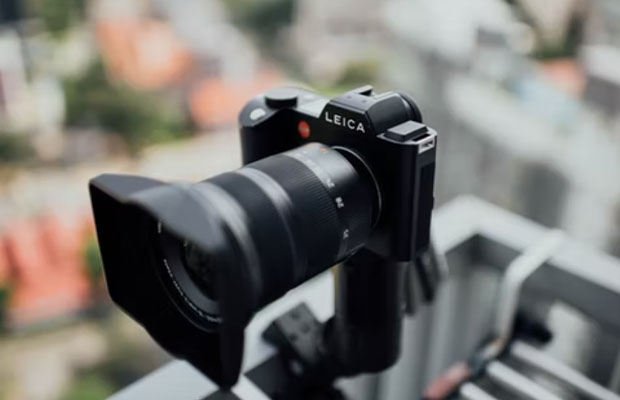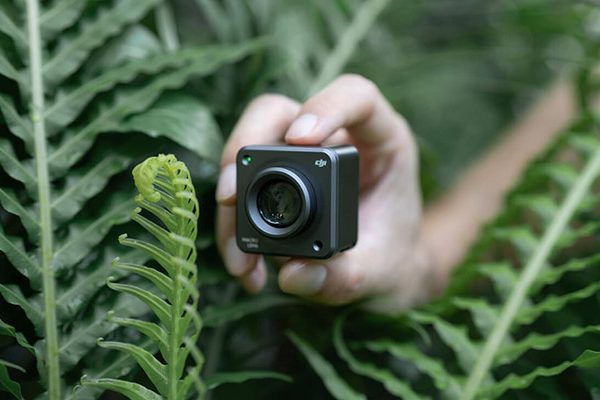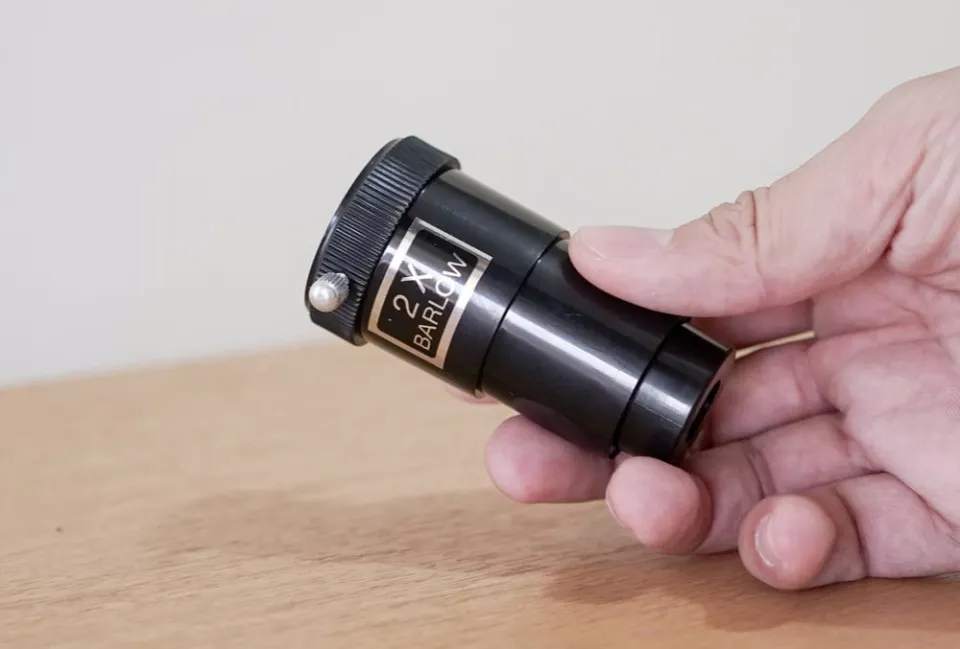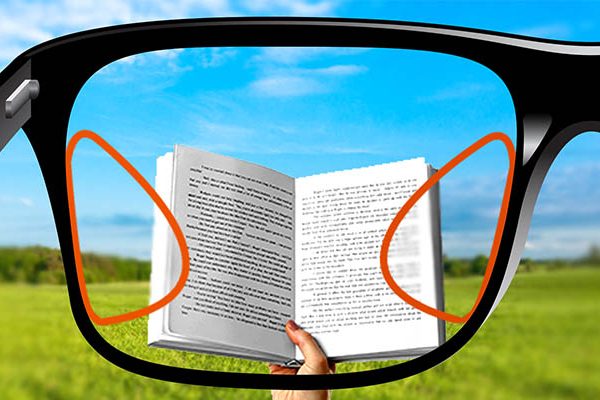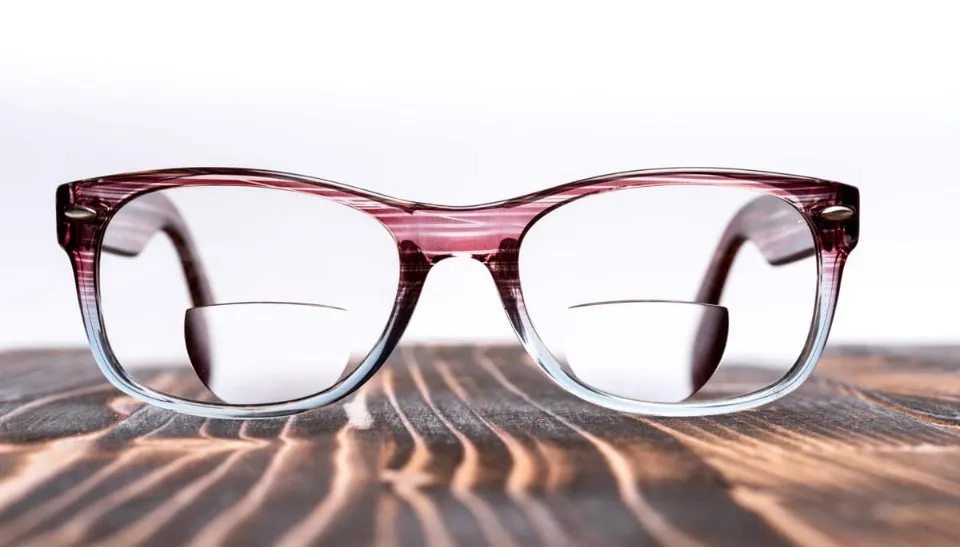The camera lens hood is a camera lens accessory that is often overlooked by beginners and even by some seasoned shooters. Why is that?
Many people believe that this simple piece of plastic or metal that attaches to the front of your lens is only there to make you and your equipment appear more professional, but it actually has a significant impact on the quality of your pictures.
Read our explanation of the purpose of a lens hood and the reasons you ought to use one on your camera.
Table of Contents
What Is A Lens Hood?
A lens hood’s primary function is to shade the front of your lens, preventing light from shining across it and producing unwanted flares and a washed-out, low-contrast appearance. A lens hood blocks light from reaching the camera, producing a clear image that is glare-free.
Lens flares can be artistic and produce intriguing effects in photographs, but they can also be distracting, particularly if they end up obscuring your subject or the majority of your scene. For example, for professional photographs, headshots, or school photographs, a lens hood is recommended to get that crystal clear photo.
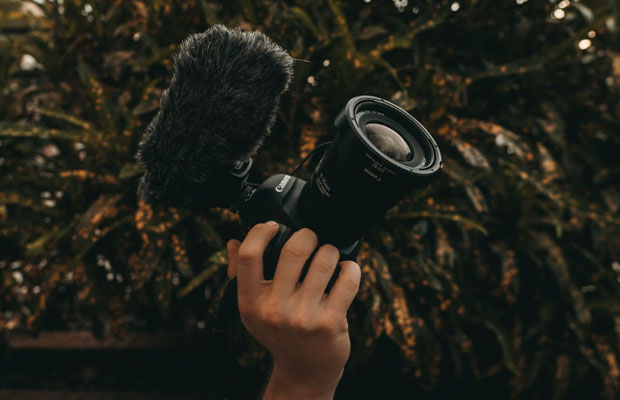
What Is A Lens Hood Used For?
There are actually a number of reasons why you ought to use one, particularly when shooting outdoors or in any situation where you’ll be interacting with powerful light sources. There are many situations in which a lens hood could be helpful because the majority of photography styles essentially involve chasing light.
Discover how a camera lens hood can help you after you’ve attached it to your lens, though, in order to truly appreciate their value:
It Can Blocks Unwanted Light
A lens hood serves as a visor for your lens, primarily serving to prevent or lessen lens flare and glare from appearing in your photographs. When you step outside in bright light, flare and glare are examples of types of scattered light that hit your lens from an angle (outside the frame) and impair visibility. This is more likely to occur if you’re using a subpar filter or an outdated one without modern anti-glare coatings.
Though lens flares can add interesting visual elements to a photograph, they can also be annoying, especially if they end up obscuring your subject or the majority of your scene. Many experts advise avoiding flares altogether with the use of a lens hood because too many of them, even when you intend to add flares, can make your image look unprofessional.
It Will Add Image Contrast
In essence, your view is blocked when lens flares and intense glares strike your lens. They reduce contrast and image quality by washing out your image and possibly even causing discolorations.
You can protect your lens from stray light and guarantee that it has a clear view of a scene by using lens hoods. You can test this for yourself, but be sure to use the same exposure settings for your comparison pictures.
It Helps To Protect The Lens
The lens hood also acts as an additional layer of protection for the front lens element, which is a bonus when using one. To shield the external lens, many photographers opt for camera filters or even a lens cap. When photographing in inclement weather, lens hoods serve as a better barrier against unintentional impacts, scratches, fingerprints, and even snow and other flying debris because of their external placement and construction.
While there is no guarantee that a lens hood will protect your lens in the event of a drop, there is still a decent chance that the hood will take the majority of the impact. Any shooter would choose a broken lens hood over a broken front glass element. For this reason, many experts advise keeping it on even if you’re not concerned about extra light.
When Should We Use A Lens Hood?
Always wear a lens hood when shooting. Even indoors or at night, stray light could hit the front of your lens and diminish the contrast in your image. Utilizing a lens hood has the added benefit of protecting your lens’ front element. Your lens hood will break first if you swing your camera around and the front of it collides with something. Much less expensive to change than a lens!
Another piece of advice is to keep your lens clean at all times because doing so will improve contrast and prevent lens flare.
When Should We Avoid Lens Hood?
There are a few situations where you might need to remove a lens hood despite the many benefits of doing so. Here are a few examples of those scenarios:
You Want A Flare Effect
Flares and glares can encourage the creation of more imaginative images. In fact, it’s strikingly similar to the “filtered” effect that numerous users of photo editing software are attempting to create. Shoot without a hood if that’s your goal.
The Lens Hood Shows In Your Photos
Even if you use a lens hood designed specifically for the lens you’re using, it’s still possible for you to get the lens hood in your photo. This is frequently the case when using a full-frame camera with a lens designed for a smaller camera sensor. Some wide-angle lens hoods will also be visible at the widest focal length and will encircle your image in a dark vignette.
Just take them out when you notice them obstructing your frame. In any case, it only takes a few seconds.
You Want To Shoot More Discreetly
Lens hoods may draw a great deal of unwanted attention when you’re using very long lenses. If you want to take candid photos while you’re out and about, at a function, or at a family gathering, it might not be the best idea. Smaller cameras and a prime lens without a lens hood help journalists and street photographers blend in better.
The Lens Hood Is Catching In The Wind
Finally, if it’s very windy where you’re shooting, it’s possible for your lens hood to catch the wind and cause the camera to shake, leading to blurry images. Avoid the error of using a lens hood when using a telephoto lens (even when it’s on a tripod, as the whole thing can become unbalanced) or when taking pictures from an aircraft or helicopter.
You Can’t Attach A Lens Hood
You might occasionally need to use filters or other accessories on your lens that doesn’t have the proper screw mounting feature for lens hoods. An example of this would be when you need to use a ring light. Don’t use the hood unless it is absolutely necessary for the photograph you are trying to take. You could always try manually obstructing the light with a piece of black card or your free hand. Additionally, you could place yourself next to something that can shield your lens.
The Lens Hood Blocks Your Built-in Flash
The lens hood may cast a shadow on your subject when you use the built-in flash on your camera. Take the hood off in this instance. Alternately, use a detachable camera flash that isn’t too close to your lens and lens hood.
Different Types Of Lens Hoods
Lens hoods typically have one of two shapes: a petal shape or a cylindrical shape.
Petal Lens Hoods
Petal lens hoods are specially crafted to be shorter and have curved notches that block light, thereby extending the frame size provided by wide-angle lenses and full-frame camera sensors.
Although they are typically long lenses, there is a small chance that the hood will appear in your frame because the field of view shrinks as you use longer focal lengths.
Cylindrical Lens Hoods
Lens hoods that are cylindrical shield your lens from damage and deflect stray light. Four “petals” are present on a petal lens hood, allowing you to rotate it for best results and preventing the lens from entering the frame.
For most lenses, there is only one hood, and each one is designed specifically for use with the lens’s focal range. The best lens hood shape for your lens can be found by doing some research or asking us in the store.
How To Use A Lens Hood?
Zoom, telephoto, and normal lenses perform best when using lens hoods, which fasten directly to the front of your lens.
Using a lens hood with a wide-angle lens is not something I would advise. If you don’t, you run the risk of having a heavy (and solid black) vignette caused by the lens hood in your picture. You wouldn’t want this in your picture, obviously.
Read More: What Are Progressive Lenses?

